Amigos es común que muchos hayamos pensado que hacer ejercicios sólo se trata de bajar la barriga y de tener una apariencia más o menos amoldada a los estándares actuales de belleza. Eso lleva a que sólo ejercitemos los músculos de las piernas, el abdomen y de vez en cuando los brazos. La gran mayoría de las veces, ya sea por inexperiencia, falta de orientación o porque pensamos que no es necesario, nos olvidamos de la ESPALDA a pesar de que es una de las partes más importantes de nuestra fisionomía.
En este punto quisiera invitarte a realizar un ejercicio de autoevaluación:
— ¿Te has dado cuenta si te has sentado o te sientas con la espalda encorvada?
— ¿Alguna vez te han dicho “párate derecho”?
— ¿Has sentido dolores de espalda constantemente sin saber la razón?
Si a lo anterior has respondido que sí en uno o en todos los cuestionamientos, es necesario que tomes cartas en el asunto y comiences a ejercitar tu espalda.
Pero, ¿por qué es necesario ejercitar la espalda?
La espalda forma parte de lo que en posts anteriores les he hablado como el Core o núcleo de nuestro cuerpo. El Core debe ser fortalecido integralmente (espalda-abdomen) para evitar lesiones y malas posturas en el futuro. Esto quiere decir que si sólo ejercitamos el abdomen, se propiciaría un desequilibrio en nuestro núcleo, sometiendo nuestra espalda a grandes tensiones que no soportaría y de allí podrían desencadenarse lesiones, dolores constantes y en los casos más peligrosos, curvaturas de la espalda y hasta desviaciones de la columna vertebral.
Los músculos de nuestra espalda junto con los del abdomen son nuestro núcleo de soporte y equilibrio. De allí se derivan nuestras posturas, nuestros movimientos y la agilidad con que movemos nuestras extremidades.
Claro que sólo con tener un core fuerte no significa que hayamos eliminado los malos hábitos posturales, pero te permitirá corregirlos muy fácilmente.
Un mito muy arraigado en las mujeres es pensar que al hacer ciertos ejercicios vamos a cambiar nuestro cuerpo haciéndolo más varonil. En el caso de la espalda, existe la creencia de que vamos a ponernos muy anchas, pero lo realmente contraproducente es enfocarnos u obsesionarnos en hacer una rutina específica para una parte determinada de nuestro cuerpo, por eso es importante que hagamos combinaciones y tratemos de ejercitar en la misma medida cada uno de los músculos de nuestro cuerpo.
Por eso te invito realizar una de mis rutinas preferidas de espalda y abdominales (ABS)
CALENTAMIENTO
Principiantes: hacer 80 cuerdas de 20 en 20 con un descanso de 10 segundos entre repetición.
Avanzados: hacer 400 cuerdas y un trote suave de 15 minutos.
Para este entrenamiento necesitarás:
- Una alfombra para yoga (mat)
- Bandas de resistencia, mancuernas o dos botellas de agua de ½ litro
- Si no tienes los materiales mencionados no importa, trabaja con el peso de tu cuerpo
- Y lo más importante las ganas de ejercitarte
Recuerda que debes calentar antes de hacer cualquier actividad física.
ENTRENAMIENTO
Ejercicio N˚1
Serrucho con mini banda de resistencia
-
Rodilla semiflexionada, leve inclinación hacia adelante y glúteos hacia atrás como si fueras a hacer una sentadilla.
-
Flexiona un brazo hacia arriba haciendo tensión con la banda de resistencia. Acto seguido contrae el abdomen y vuelves a la posición inicial. Esto es una repetición.
Sin banda o peso: debes hacer cuatro series de 30 repeticiones con un descanso de 10 segundos entre repetición.
Con banda o peso: debes hacer cuatro series de 20 repeticiones con un descanso de 10 segundos entre repetición.
Ahora realiza el mismo movimiento para trabajar el otro brazo.
Ejercicio N˚2
Plancha con encogimiento de piernas
-
Debes ponerte de pie con la espalda recta frente al mat. Pies separados que no sobrepasen la distancia de los hombros.
-
Colócate en posición de plancha. Cuerpo totalmente recto y abdomen contraído.
-
Flexiona la pierna derecha hacia el pecho y la regresas a la posición inicial.
-
Acto seguido, haces lo mismo con la otra pierna. Esto es una repetición.
Sin banda o peso: debes hacer cuatro series de 30 repeticiones con un descanso de 10 segundos entre repetición.
Con banda o peso: debes hacer cuatro series de 20 repeticiones con un descanso de 10 segundos entre repetición.
Ejercicio N˚3
Jalón de un brazo
-
De pie con la espalda recta. Pies separados que no sobrepasen la distancia de los hombros. Brazos arriba y rectos.
-
Haciendo tensión con la banda de resistencia flexionamos un brazo a la altura de los hombros.
-
Sube el brazo a la posición inicial.
-
Luego flexiona el otro brazo a la altura de los hombros. Vuelves a la posición inicial. Esto es una repetición.
Sin banda o peso: debes hacer cuatro series de 30 repeticiones con un descanso de 10 segundos entre repetición.
Con banda o peso: debes hacer cuatro series de 20 repeticiones con un descanso de 10 segundos entre repetición.
Ejercicio N˚4
Plancha con saltos laterales
-
Colócate en posición de plancha. Cuerpo totalmente recto y abdomen contraído. Los pies no deben sobrepasar el ancho de los hombros.
-
Mantén la posición de la plancha y, con un movimiento de salto, abre las piernas tanto como la banda te lo permita. En la imagen 2 se puede apreciar que las piernas están en el aire y se hace de esta forma para que el movimiento de apertura de las piernas sea fluido.
-
En la imagen 3 las piernas ya están en el piso con una apertura de piernas más amplia que al inicio.
-
Haciendo el mismo movimiento de salto de las piernas ahora la cerramos.
Sin banda: debes hacer cuatro series de 30 repeticiones con un descanso de 10 segundos entre repetición.
Con banda: debes hacer cuatro series de 20 repeticiones con un descanso de 10 segundos entre repetición.
Ejercicio N˚5
Jalón con dos brazos tras la nuca
-
De pie con la espalda recta. Pies separados que no sobrepasen la distancia de los hombros. Brazos arriba y rectos.
-
Haciendo tensión con la banda de resistencia flexionamos ambos brazos a la altura de los hombros. La banda debe quedar detrás de la nuca.
Sin banda o peso: debes hacer cuatro series de 30 repeticiones con un descanso de 10 segundos entre repetición.
Con banda o peso: debes hacer cuatro series de 20 repeticiones con un descanso de 10 segundos entre repetición.
Ejercicio N˚6
Plancha con elevación de piernas laterales
-
Debes ponerte de pie con la espalda recta frente al mat. Pies separados que no sobrepasen la distancia de los hombros.
-
Colócate en posición de plancha. Cuerpo totalmente recto y abdomen contraído.
-
Flexiona una pierna hacia los lados tanto como la banda te lo permita.
-
Vuelve a la posición inicial. Acto seguido, repite el movimiento con la otra pierna. Esto es una repetición.
Sin banda o peso: debes hacer cuatro series de 30 repeticiones con un descanso de 10 segundos entre repetición.
Con banda o peso: debes hacer cuatro series de 20 repeticiones con un descanso de 10 segundos entre repetición.
Recuerden que la alimentación va de la mano con la actividad física. Somos lo que comemos.
Para la ansiedad puedes comer frutos secos, son divinos y muy saludables para tu cuerpo. Puedes combinarlo con un delicioso yogurt.
Espero que este post les sea de utilidad.
Muchas gracias por leerme. 😘
Todas las fotos son propias.
Fotógrafo: @charsdesign
Cámara: Canon EOS 40D
Edición: InCollage y Adobe Photoshop
Banner creado con Canva
Traductor versión gratuita: DeepL
Fuente: Trendencias
Locación: Parque de la urbanización donde vivo y mi apartamento.
NOW IN ENGLISH
Friends, it is common for many of us to think that exercising is only about losing the belly and having an appearance more or less conformed to the current standards of beauty. That leads us to exercise only the muscles of the legs, abdomen, and occasionally the arms. Most of the time, either because of inexperience, lack of orientation, or because we think it is not necessary, we forget about the BACK even though it is one of the most important parts of our physiognomy.
At this point I would like to invite you to perform a self-evaluation exercise:
- Have you ever noticed if you have sat or sit with your back hunched?
- Have you ever been told: "stand up straight"?
- Have you ever felt constant back pain without knowing the reason?
If you have answered yes to one or all of the above questions, you need to take action and start exercising your back.
But, why is it necessary to exercise your back?
The back is part of what I have talked about in previous posts as the Core or nucleus of our body. The Core must be strengthened integrally (back-abdomen) to avoid injuries and bad postures in the future. This means that if we only exercise the abdomen, it would lead to an imbalance in our core, subjecting our back to great stresses that would not support and from there could trigger injuries, constant pain, and in the most dangerous cases, curvatures of the back and even deviations of the spine.
The muscles of our back together with those of the abdomen are our core of support and balance. From there we derive our postures, our movements, and the agility with which we move our limbs.
Of course, just having a strong core does not mean that we have eliminated bad postural habits, but it will allow you to correct them very easily.
A deep-rooted myth among women is to think that by doing certain exercises we will change our body making it more manly. In the case of the back, there is the belief that we will become very wide, but what is really counterproductive is to focus or obsess on doing a specific routine for a particular part of our body, so it is important that we make combinations and try to exercise to the same extent each of the muscles of our body.
So I invite you to perform one of my favorite routines for back and abs (ABS).
WARM-UP
Beginners: do 80 ropes 20 at a time with a 10-second rest between repetitions.
Advanced: do 400 ropes and a gentle jog for 15 minutes.
For this workout you will need:
- A yoga mat.
- Resistance bands, dumbbells, or two ½ liter water bottles.
- If you don't have the above materials it doesn't matter, work with your body weight.
- And most importantly the desire to exercise.
Remember: you must warm-up before doing any physical activity.
TRAINING
Exercise N˚1
Saw with mini resistance band
-
Knee semi-bent, slight forward lean and glutes back as if you were going to do a squat.
-
Bend one arm upward making tension with the resistance band, then contract the abdomen and return to the starting position. This is one repetition.
Without a band or weight: you must do four sets of 30 repetitions with a 10-second rest between repetitions.
With band or weight: you must do four sets of 20 repetitions with a rest of 10 seconds between repetitions.
Now perform the same movement to work the other arm.
Exercise N˚2
Planche with leg shrugs
-
You must stand with your back straight in front of the mat. Feet apart no more than shoulder-width apart.
-
Get into a plank position. Body completely straight and abdomen contracted.
-
Bend your right leg towards your chest and return it to the starting position.
-
Then, do the same with the other leg. This is one repetition.
Without a band or weight: you must do four sets of 30 repetitions with a 10-second rest between repetitions.
With band or weight: you should do four sets of 20 repetitions with a 10-second rest between repetitions.
Exercise N˚3
One-arm pull-up
-
Standing with back straight. Feet apart no more than shoulder width apart. Arms up and straight.
-
Making tension with resistance band we flex one arm at shoulder height.
-
Raise the arm to the initial position.
-
Then bend the other arm at shoulder level. Return to the starting position. This is one repetition.
Without a band or weight: you must do four sets of 30 repetitions with a 10-second rest between repetitions.
With a band or weight: you should do four sets of 20 repetitions with a 10-second rest between repetitions.
Exercise N˚4
Plank with side lunges
-
Get into a plank position. Body fully straight and abdomen contracted. Feet should be no wider than shoulder width apart.
-
Hold the plank position and with a jumping movement open your legs as much as the band allows. In image 2 you can see that the legs are in the air and it is done in this way so that the leg opening movement is fluid.
-
In image 3 the legs are already on the floor with a wider leg opening than at the beginning.
-
Doing the same jumping movement of the legs we now close them.
Without band: you must do four sets of 30 repetitions with a rest of 10 seconds between repetitions.
With band: you should do four sets of 20 repetitions with a 10-second rest between repetitions.
Exercise N˚5
Two-arm pull-up behind the back of the neck
-
Standing with back straight. Feet apart no more than shoulder width apart. Arms up and straight.
-
Tensioning with the resistance band, bend both arms at shoulder level. The band should be behind the back of the neck.
Without a band or weight: you must do four sets of 30 repetitions with a 10-second rest between repetitions.
With a band or weight: you should do four sets of 20 repetitions with a 10-second rest between repetitions.
Exercise N˚6
Lateral leg raise plank
-
You must stand with your back straight in front of the mat. Feet apart no more than shoulder width apart.
-
Get into a plank position. Body completely straight and abdomen contracted.
-
Bend one leg out to the side as far as the band will allow.
-
Return to the starting position. Then repeat the movement with the other leg. This is one repetition.
Without a band or weight: you must do four sets of 30 repetitions with a 10-second rest between repetitions.
With a band or weight: you should do four sets of 20 repetitions with a 10-second rest between repetitions.
Remember that nutrition goes hand in hand with physical activity. We are what we eat.
For anxiety you can eat nuts, they are divine and very healthy for your body. You can combine it with a delicious yogurt.
I hope you find this post useful.
Thank you very much for reading me. 😘
All photos are my own.
Photographer: @charsdesign
Camera: Canon EOS 40D
Editing: InCollage and Adobe Photoshop
Banner created with Canva
Translator free version: DeepL
Source: Trendencias
Location: Park of the urbanization where I live and my apartment.
Originally posted here: https://hive.blog/hive-189157/@jomarbym/circuito-de-espalda-y-abs-back-and-abs-circuit
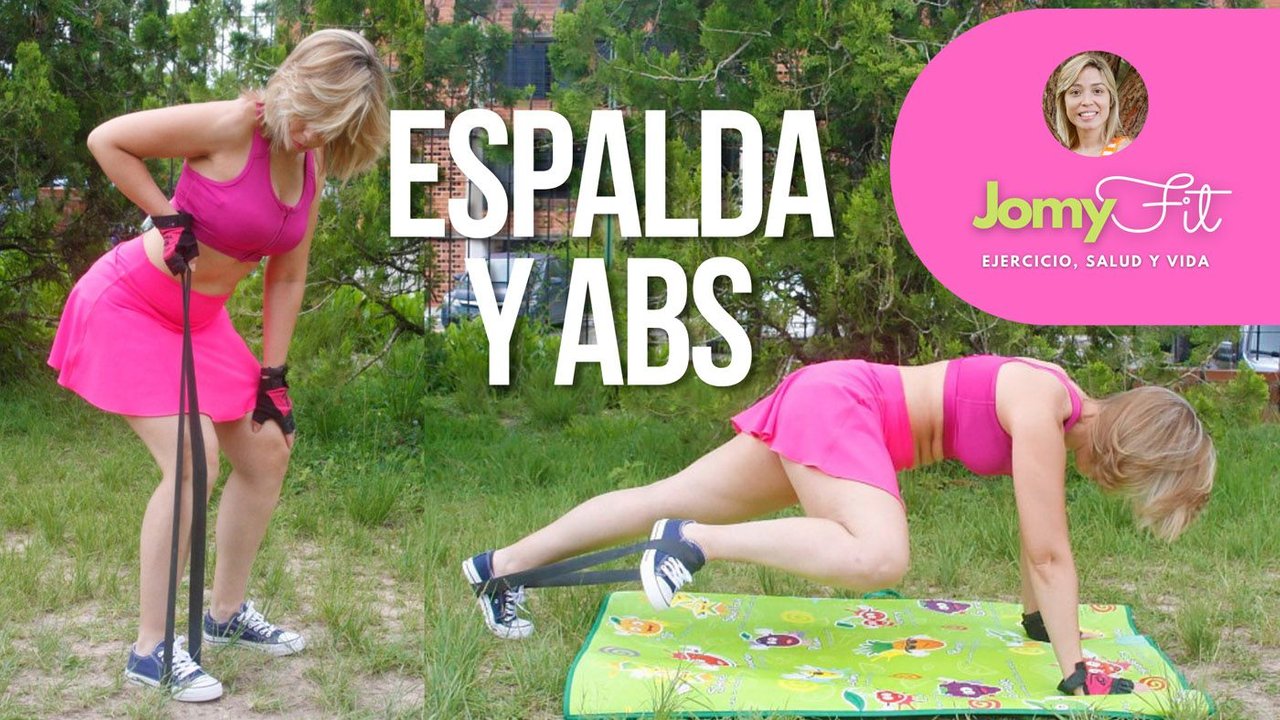

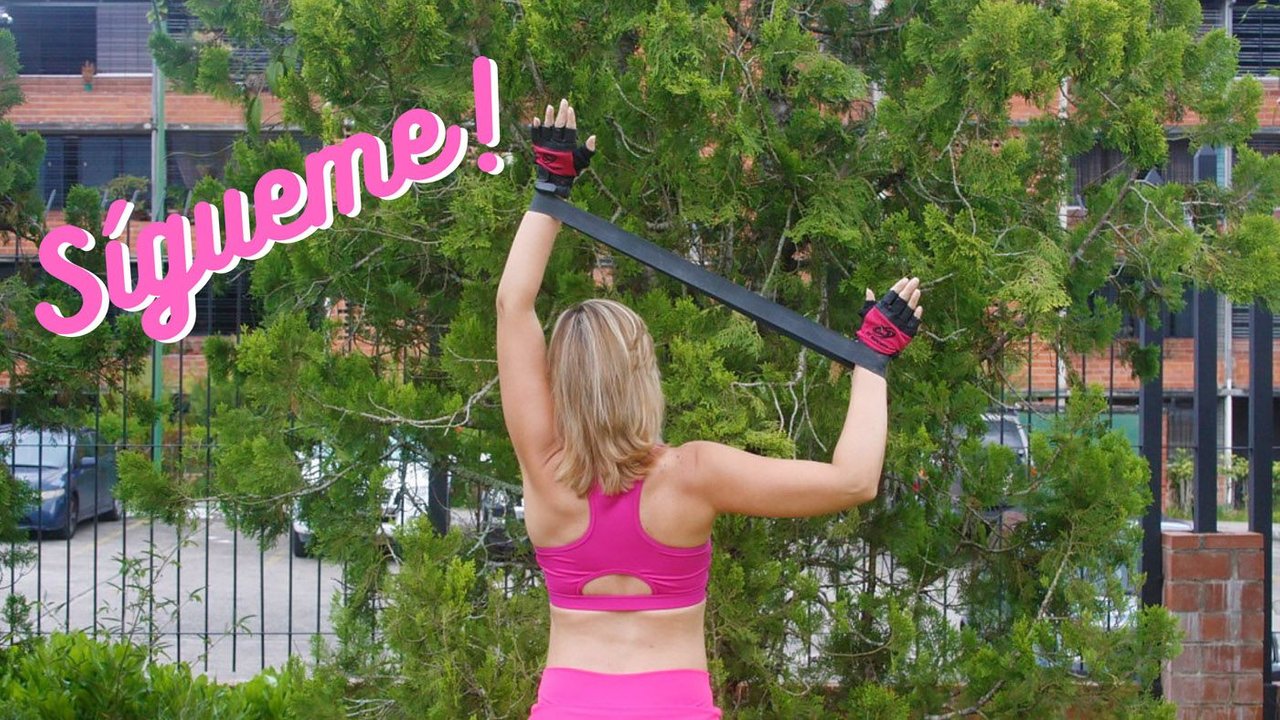
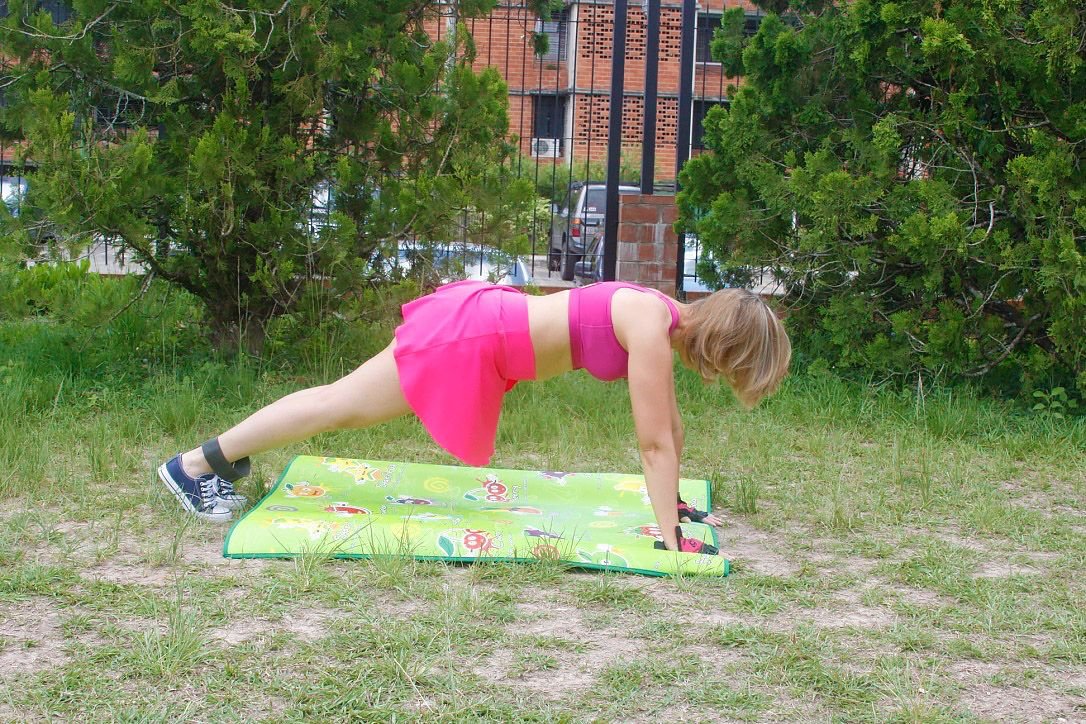
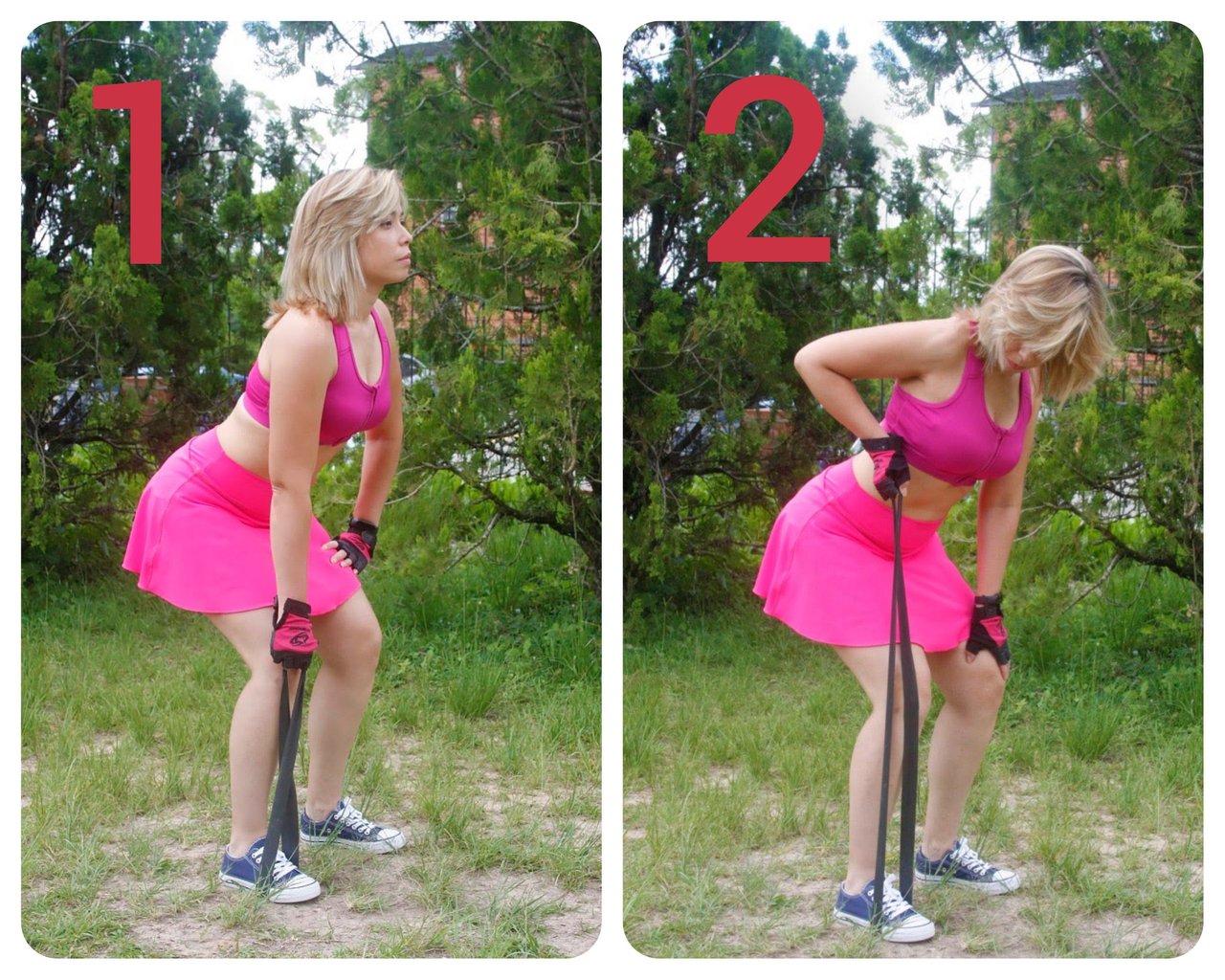
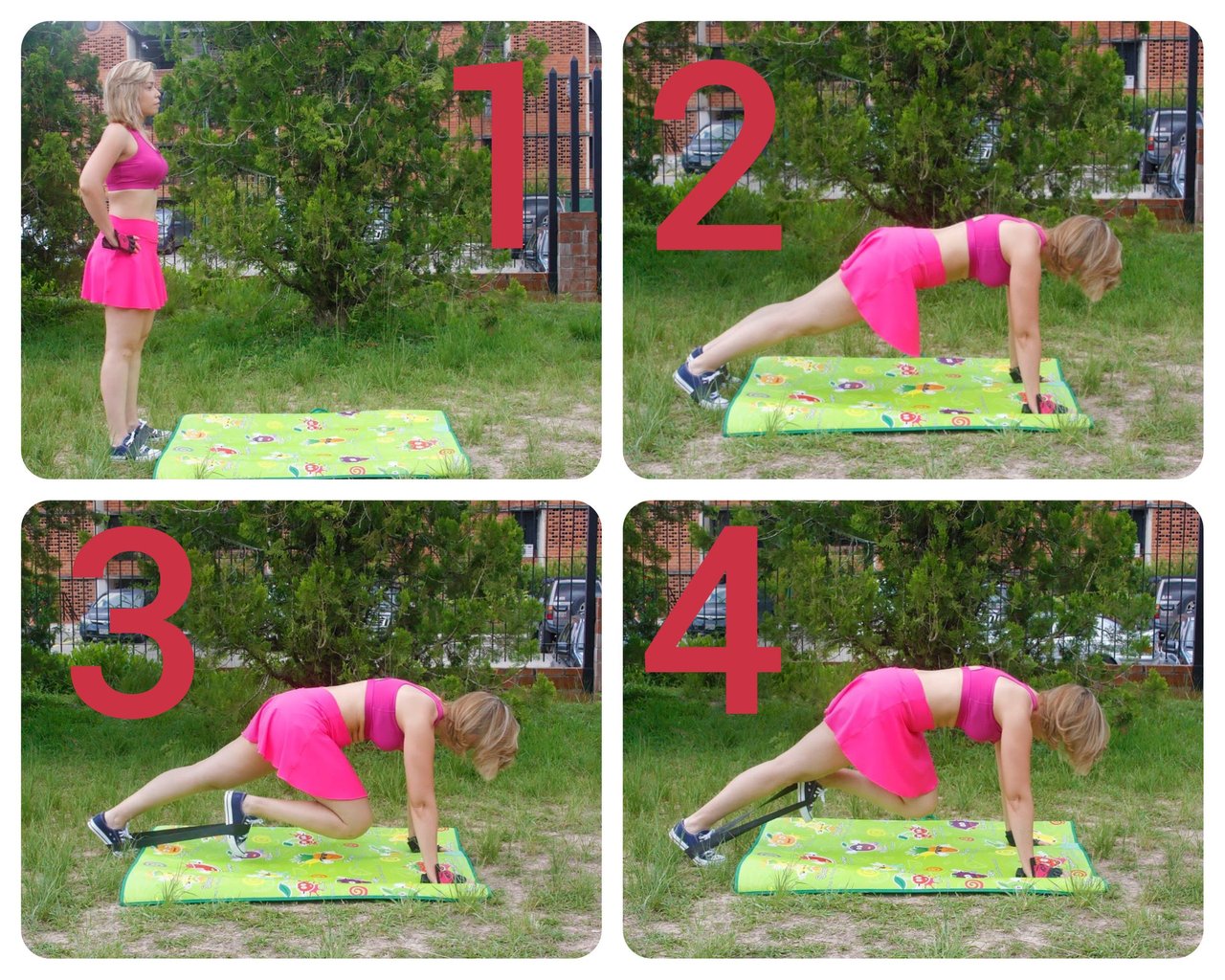
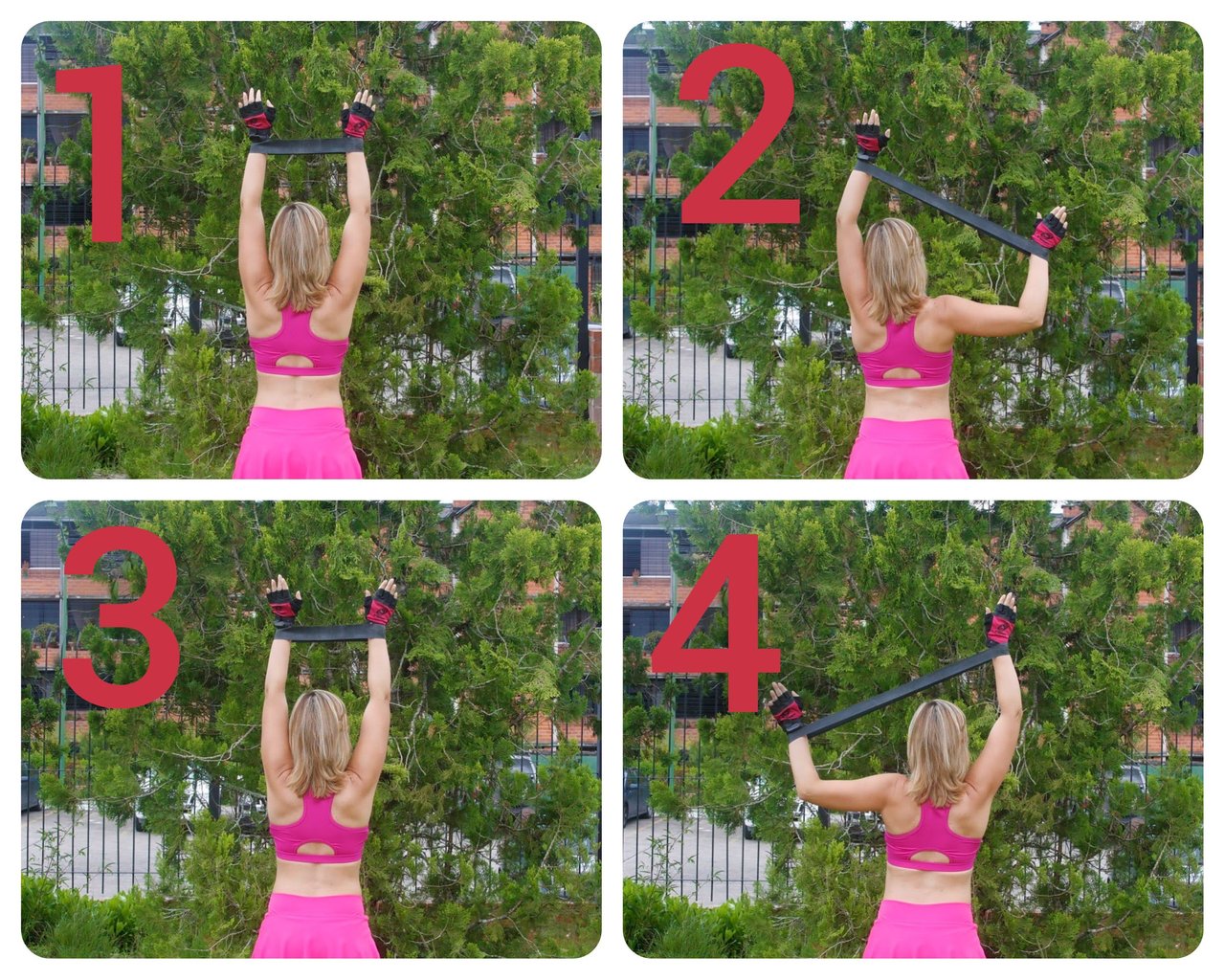
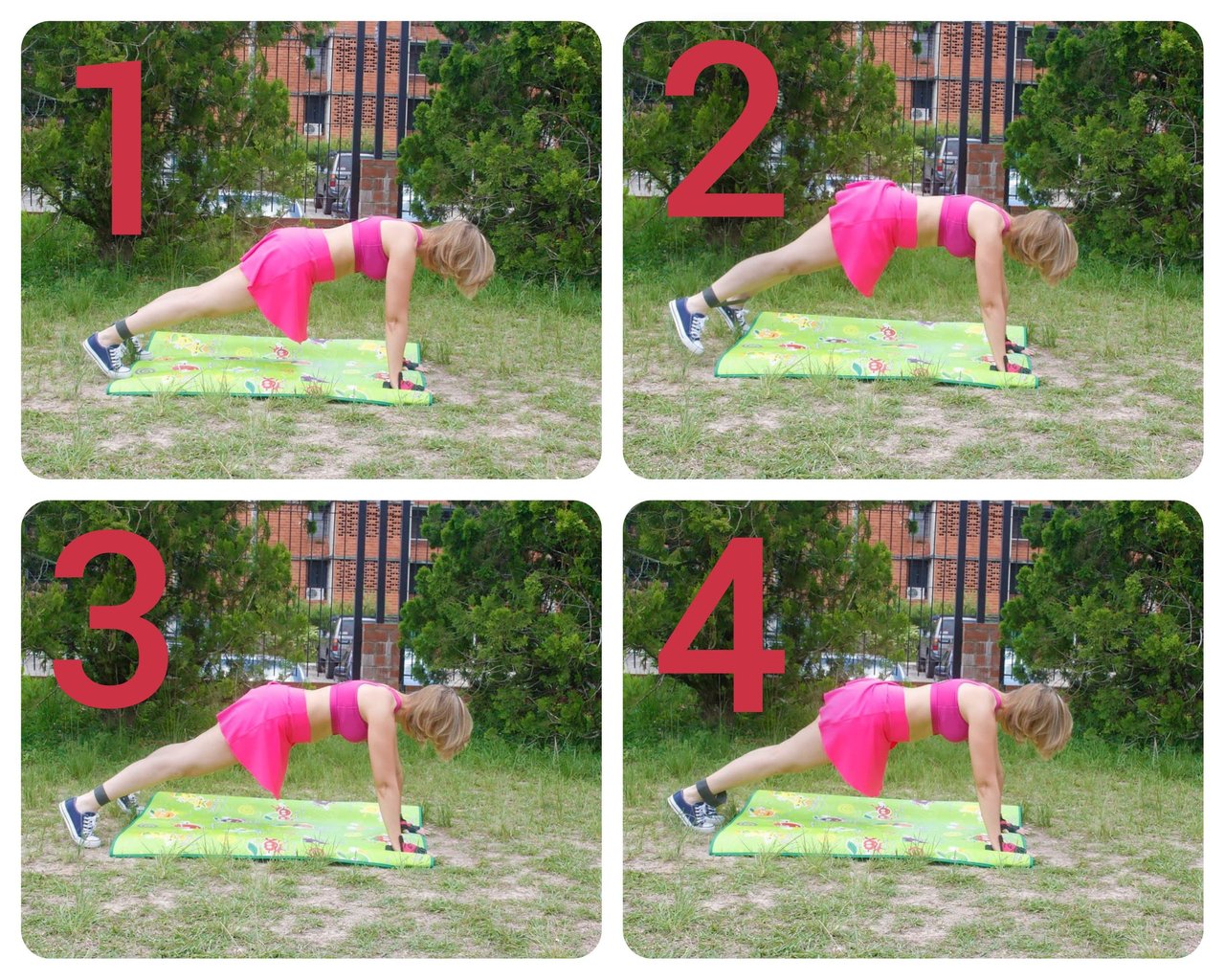
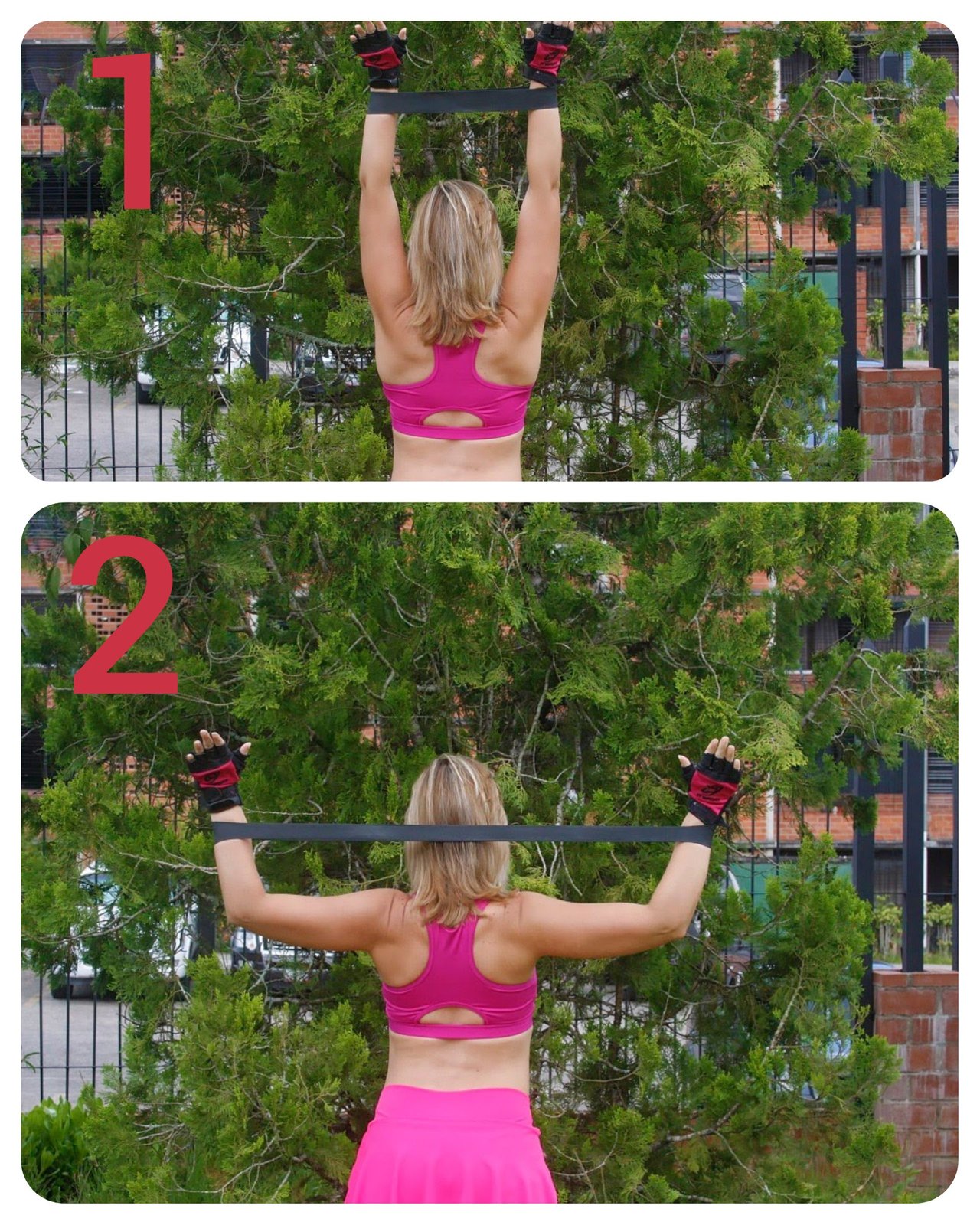
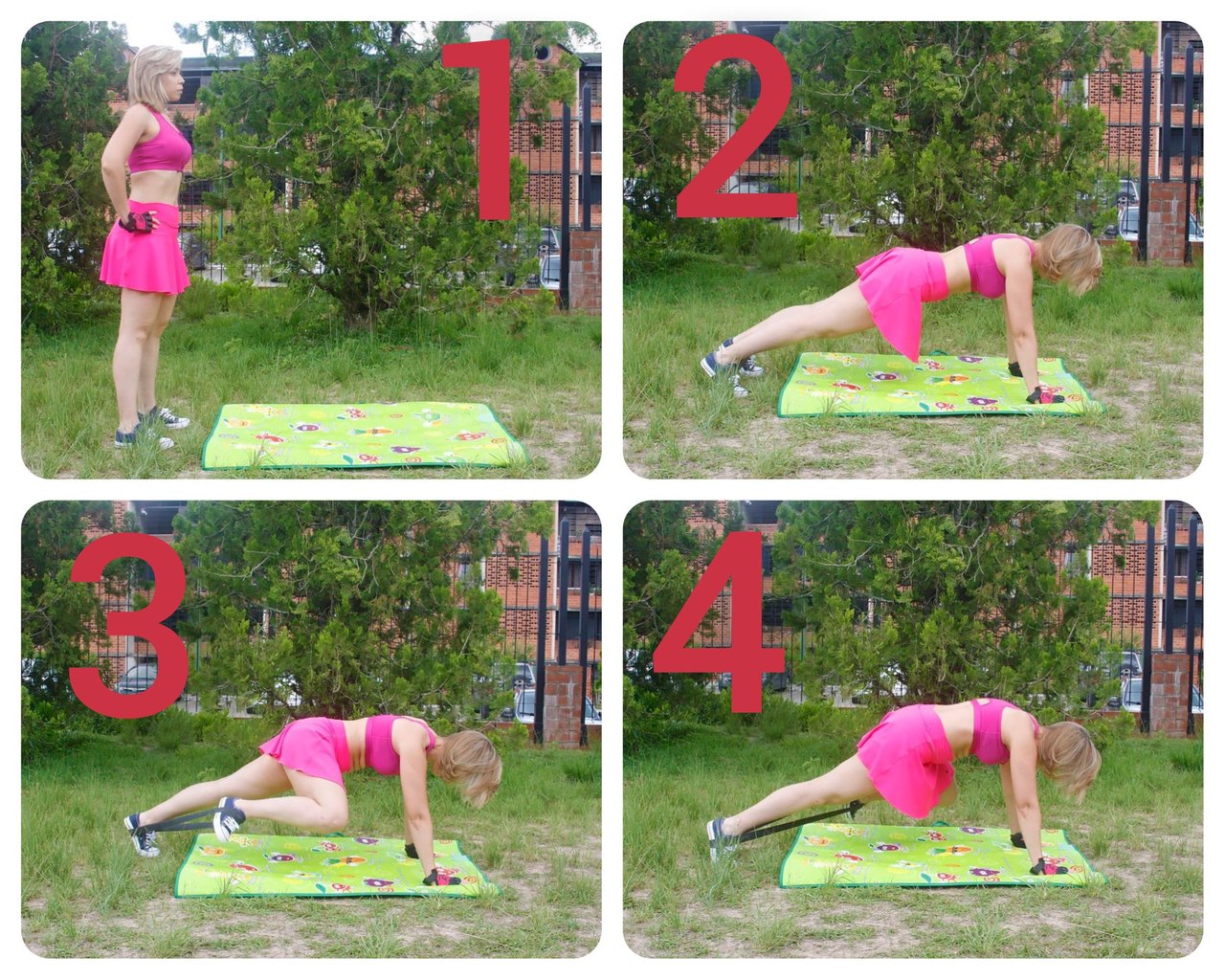
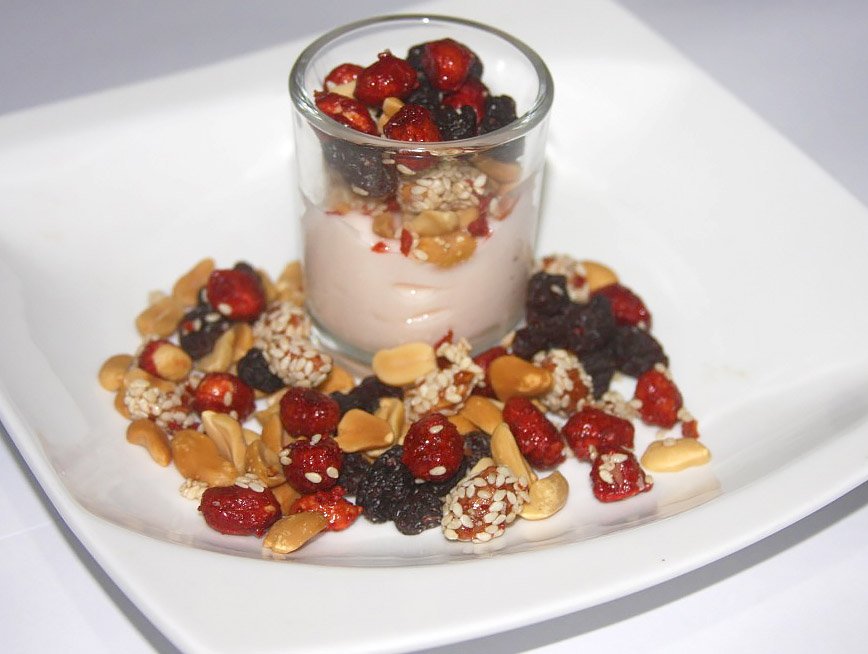
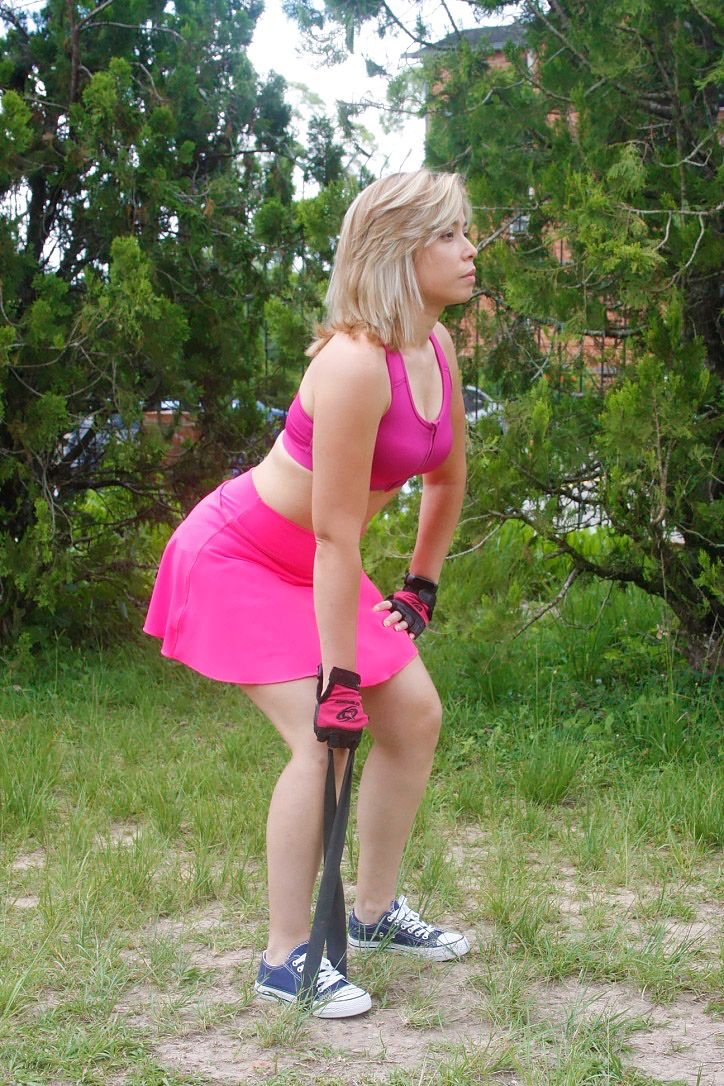

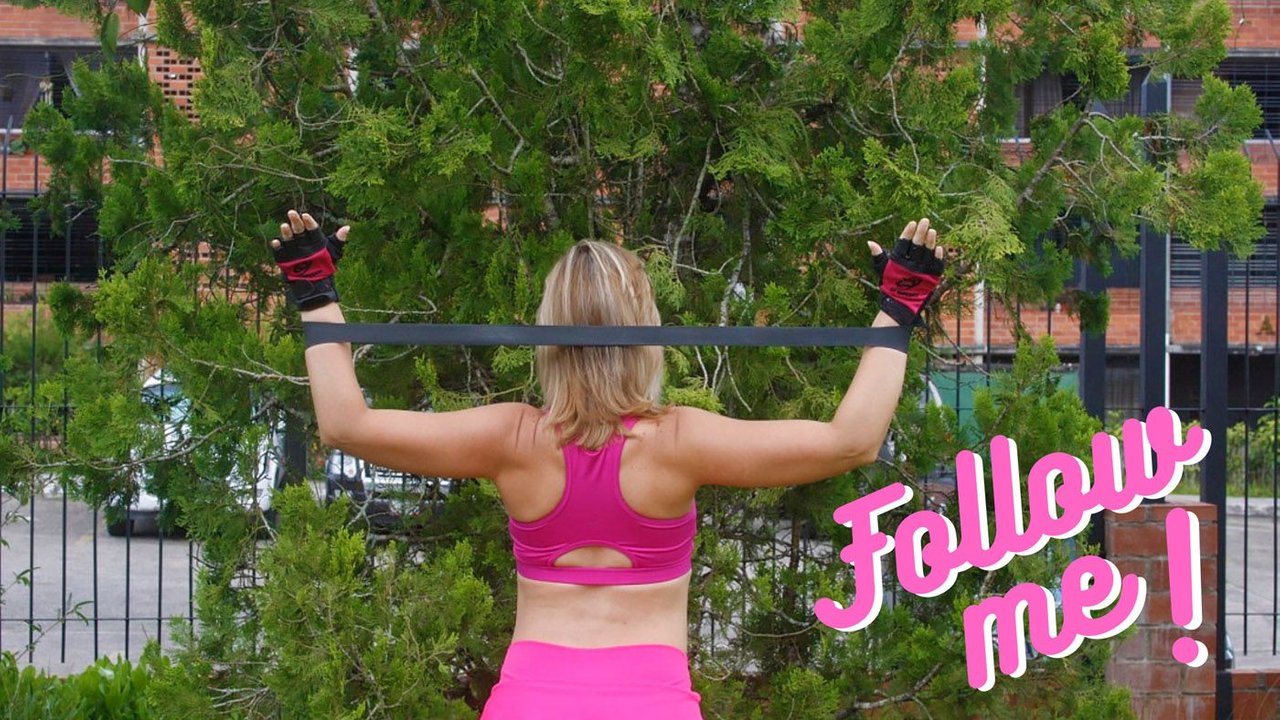
No comments:
Post a Comment